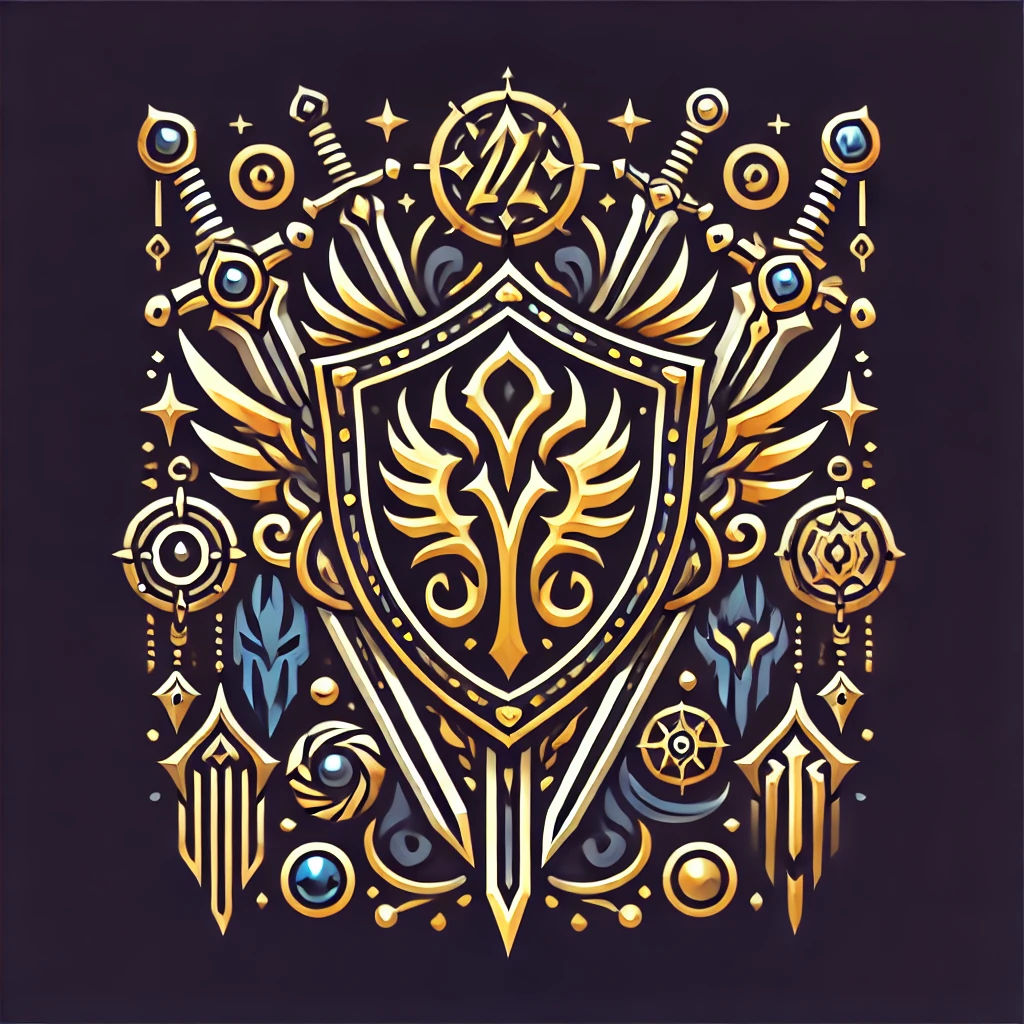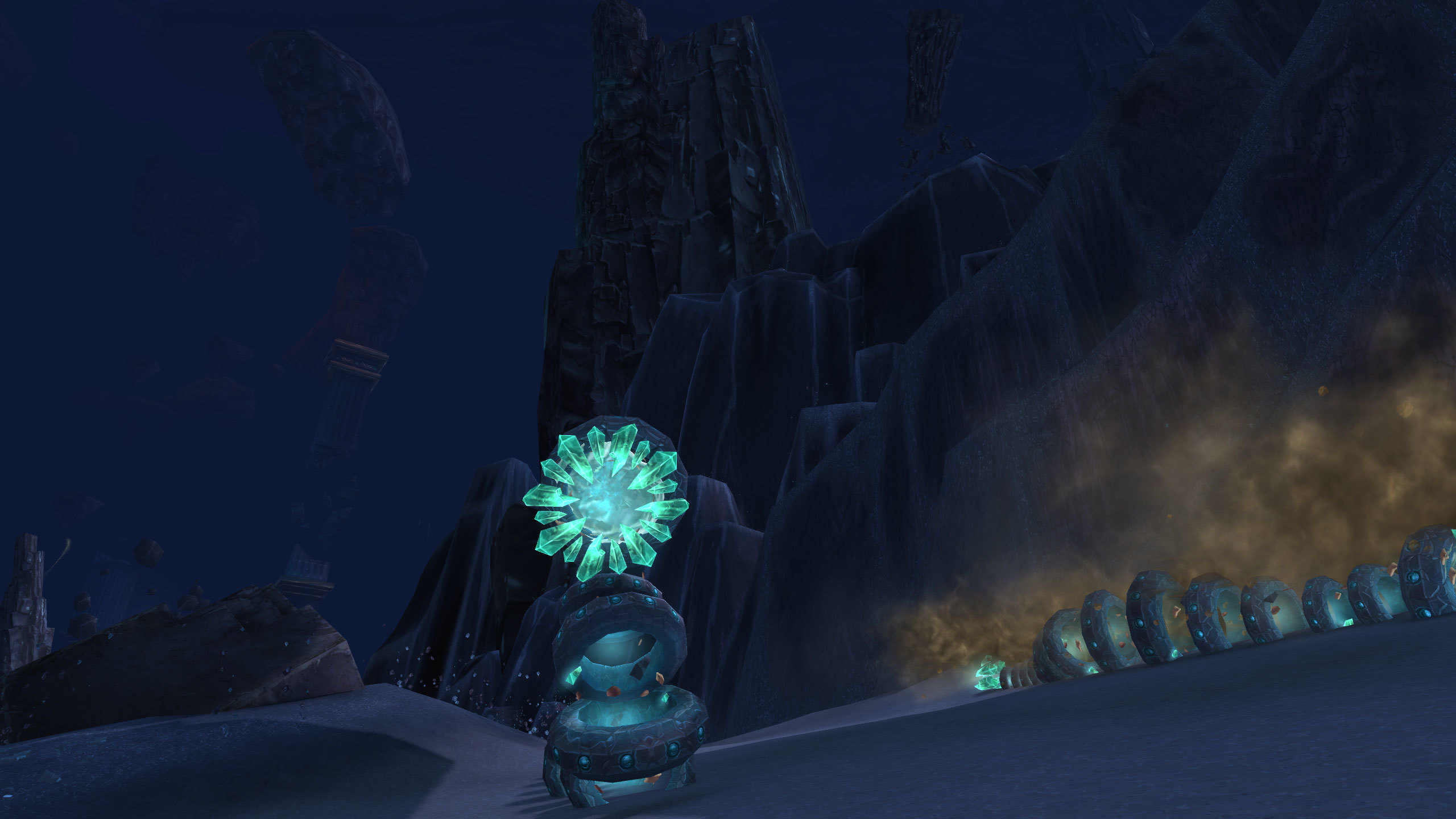Azeroth is vast, filled with shining capitals and sprawling battlefields—but between those well-known landmarks lie places shrouded in mystery. Some zones are remnants of forgotten civilizations, others whisper of cosmic secrets or ancient tragedies. Even after two decades, World of Warcraft still hides corners that few have fully explored.
This article uncovers some of WoW’s most enigmatic zones, exploring the stories they hint at—and the unanswered questions they continue to raise.
Tirisfal Glades – Shadows Beneath the Quiet
Once the heartland of Lordaeron’s nobility, Tirisfal Glades now rests under a haunting fog. Its quiet forests conceal the ruins of a fallen kingdom, but beneath the soil lies something older—an ancient evil that predates even the undead. The Whispering Forest event, where mysterious druids summon ethereal lights, has puzzled players for years.
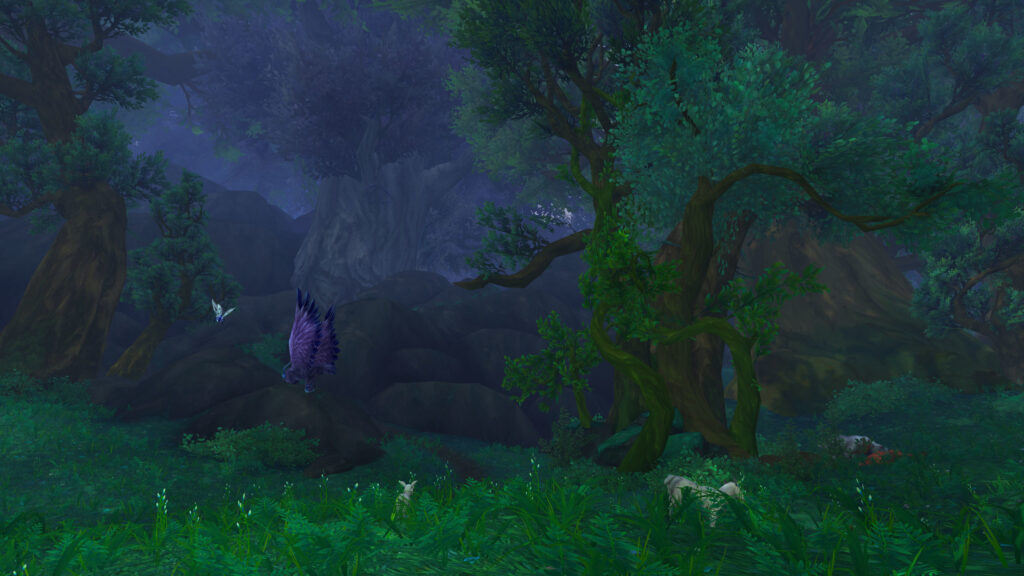
Some speculate that this phenomenon ties to the Void’s influence or remnants of forgotten titan experiments. Blizzard has never confirmed the truth, keeping the Glades’ secrets buried—literally and figuratively.
Silithus – The Scar That Never Healed
What was once a desolate desert became a wound in Azeroth’s body. Silithus bears the scar left by Sargeras’s final act during the Legion’s fall—a sword driven into the planet itself. Though the blade was removed, the land remains corrupted, pulsing with strange energy. Players collecting Azerite once tapped into its power, but questions linger: what did the Titans seal there before Sargeras struck?
Some scholars in-game believe Silithus hides a gateway to deeper planetary secrets—perhaps even to Azeroth’s “world soul” itself.
Azshara – The Queen’s Domain
Named after one of Azeroth’s most powerful sorceresses, Azshara is filled with eerie beauty. Its sweeping cliffs and ancient elven ruins tell stories of a civilization that flew too close to the sun. Even after her defeat in Nazjatar, whispers suggest Queen Azshara still influences her homeland from the shadows.
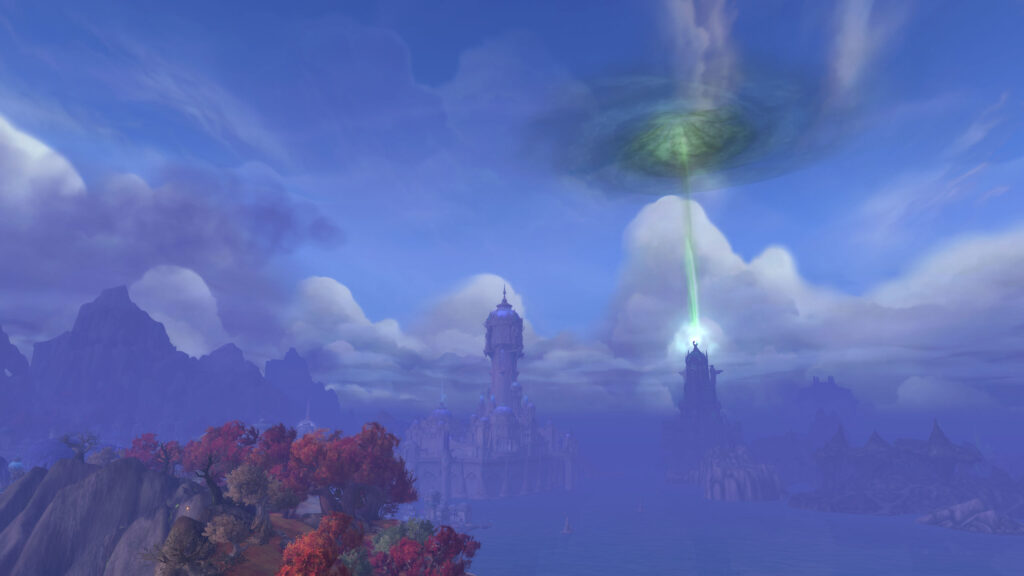
- Arcane ruins once powered by the Well of Eternity.
- Abandoned naga temples filled with strange relics.
- Arcane storms that appear without warning.
The zone’s haunting design serves as both a warning and a love letter to Azeroth’s oldest magic.
Uldum and Uldaman – The Secrets of the Titans
The Titan facilities scattered across Azeroth hold knowledge of creation itself. Uldum and Uldaman are filled with mechanisms and keepers whose purpose remains only partially understood. Despite countless quests, players still debate what the Titans’ true motives were in shaping mortal races.
| Facility | Primary Function | Mystery |
|---|---|---|
| Uldaman | Repository of creation records | Hints at Azeroth’s original form |
| Uldum | Containment and purification center | Possible weapon against cosmic corruption |
| Ulduar | Titan research and imprisonment site | Home to Yogg-Saron’s lingering influence |
These zones remind players that the surface of Azeroth is only a fragment of its story—the real mysteries lie deep below.
The Emerald Dream – Life’s Hidden Blueprint
The Emerald Dream represents Azeroth in its purest, untouched form—a mirror of the world before corruption. Once peaceful, it has been repeatedly invaded by the Nightmare, twisting paradise into horror. Even after the Amirdrassil raid, parts of the Dream remain uncharted. Many druids claim that the Dream connects to realms beyond life, perhaps even serving as a bridge to rebirth itself.
This ethereal realm continues to raise questions about nature’s true power—and what forces may still seek to claim it.
Islands of the Lost – Echoes Beyond the Horizon
Throughout WoW’s history, small islands like Tel’Abim, Zandalar’s outskirts, and mysterious uncharted isles have appeared briefly, then vanished from the narrative. These scattered locations hint at ancient civilizations, forgotten gods, and untold histories. The seas of Azeroth hold more secrets than most continents combined.
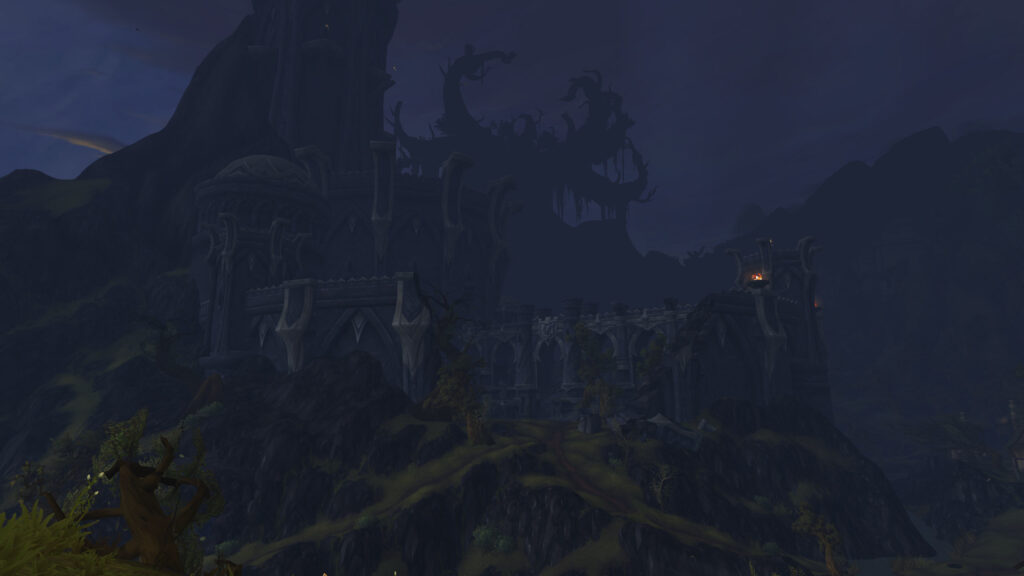
Exploration enthusiasts still hope future expansions will finally unveil these long-lost regions and the stories they conceal beneath their waves.
Why Mystery Matters
Blizzard’s genius lies not only in storytelling but in what it leaves untold. These mysterious zones keep players speculating, theorizing, and dreaming. Every unanswered question adds depth to Azeroth’s world, making it feel alive and ancient. The unknown, more than anything else, keeps WoW’s magic alive.
Conclusion
From the haunted whispers of Tirisfal to the cosmic echoes beneath Silithus, WoW’s most mysterious zones remind players that discovery never truly ends.
Their unanswered questions fuel imagination, inspire exploration, and preserve the wonder that defined the game from its beginning. Azeroth’s secrets endure not because they’re hidden—but because they invite us to keep searching.
